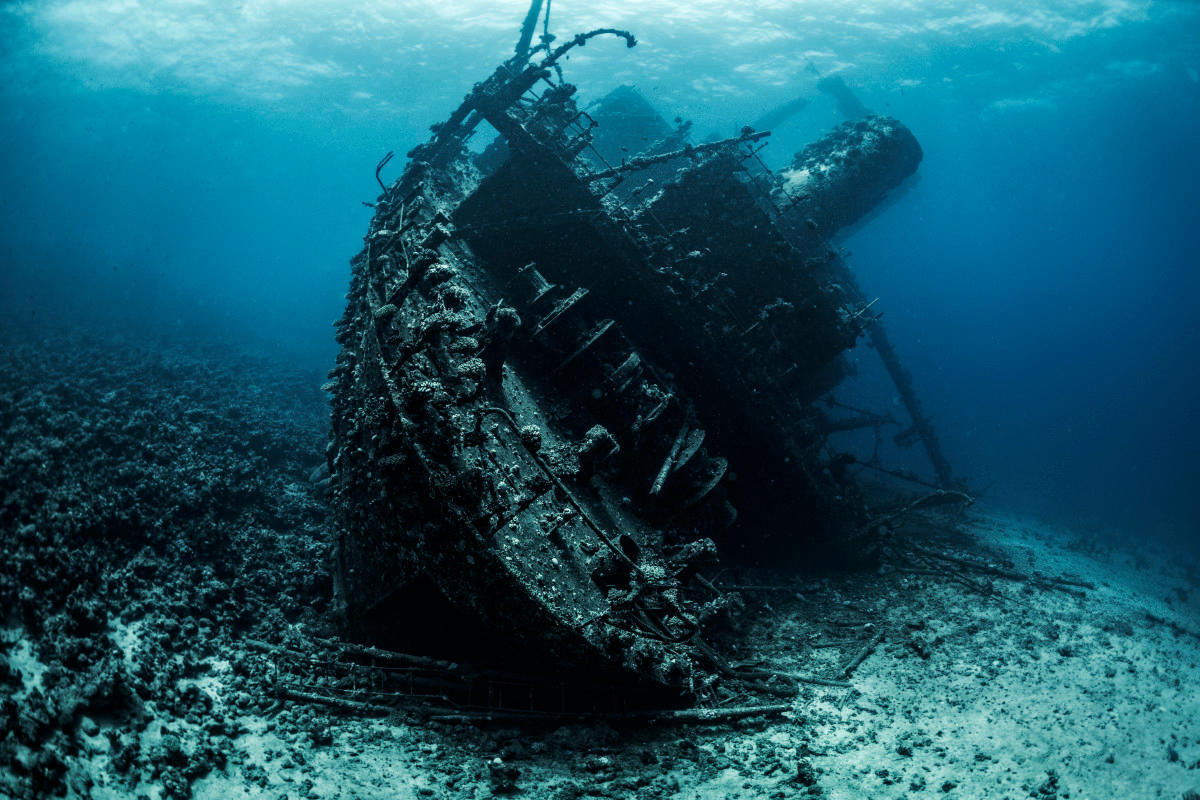California’s Lost Coast Shipwrecks Revealed

Have you ever wondered about the hidden stories of California's Lost Coast shipwrecks? This rugged stretch of coastline, known for its wild beauty, also holds secrets of maritime disasters. Many ships met their fate here, leaving behind tales of adventure, tragedy, and mystery. From foggy nights to treacherous rocks, the Lost Coast has claimed vessels from different eras. Exploring these shipwrecks offers a glimpse into the past, where each wreck tells a unique story. Whether you're a history buff or just curious, the Lost Coast's shipwrecks provide a fascinating peek into California's maritime history.
California's Lost Coast: A Shipwreck Enthusiast's Dream
California's Lost Coast is a rugged, remote stretch of coastline that has claimed many ships over the years. This area, known for its natural beauty and treacherous waters, offers a fascinating glimpse into maritime history. Let's explore some of the most intriguing shipwrecks along this mysterious coast.
The Wreck of the SS Columbia
The SS Columbia, a passenger steamship, met its fate in 1907. This tragic event claimed the lives of 88 people and left a haunting reminder of the dangers of sea travel.
- Location: Near Shelter Cove
- Year: 1907
- Significance: First commercial passenger steamship to use electric lights
The Brother Jonathan Disaster
The Brother Jonathan, a paddle steamer, sank in 1865 after hitting an uncharted rock. This wreck is particularly famous due to the large amount of gold rumored to be on board.
- Location: Off Crescent City
- Year: 1865
- Significance: One of the deadliest shipwrecks on the West Coast
The Wreck of the SS Pomona
The SS Pomona, often called the "Pride of the Pacific," struck a submerged rock in 1908. Despite the dramatic sinking, all passengers and crew survived.
- Location: Near Fort Ross
- Year: 1908
- Significance: Known for its dramatic rescue operation
The Tragic End of the SS Tennessee
The SS Tennessee, a sidewheel steamer, ran aground in 1853. This wreck led to the naming of Tennessee Cove, a popular hiking destination today.
- Location: Tennessee Cove
- Year: 1853
- Significance: Inspired the name of a local landmark
The Mystery of the Frolic
The Frolic, a clipper ship, wrecked in 1850 while carrying Chinese goods. This event led to the discovery of the redwood forests in Mendocino.
- Location: Near Point Cabrillo
- Year: 1850
- Significance: Led to the logging boom in Northern California
The Wreck of the SS City of Rio de Janeiro
The SS City of Rio de Janeiro sank in 1901, claiming 128 lives. This disaster is one of the worst maritime tragedies in San Francisco's history.
- Location: Near the Golden Gate
- Year: 1901
- Significance: One of the deadliest shipwrecks in San Francisco Bay
The Lost Coast's Hidden Treasures
The Lost Coast is not just about shipwrecks; it's a treasure trove of history and adventure. Each wreck tells a story of bravery, tragedy, and the relentless power of the sea. Whether you're a history buff or an adventure seeker, the Lost Coast offers a unique glimpse into California's maritime past.
Discovering Hidden History
California's Lost Coast holds secrets beneath its waves. Shipwrecks like the Frolic and the Brother Jonathan tell stories of adventure, tragedy, and resilience. Exploring these underwater relics offers a glimpse into the past, connecting us to the sailors and passengers who once braved these waters.
Visiting the Lost Coast isn't just about the stunning landscapes; it's about uncovering pieces of history that have shaped the region. Whether you're a history buff, a diving enthusiast, or someone who loves a good mystery, the Lost Coast's shipwrecks provide a unique adventure.
Next time you find yourself on California's rugged coastline, take a moment to appreciate the hidden history beneath the surface. These shipwrecks are more than just sunken vessels; they are time capsules waiting to be explored. Dive in and discover the stories that have been waiting to be told.

